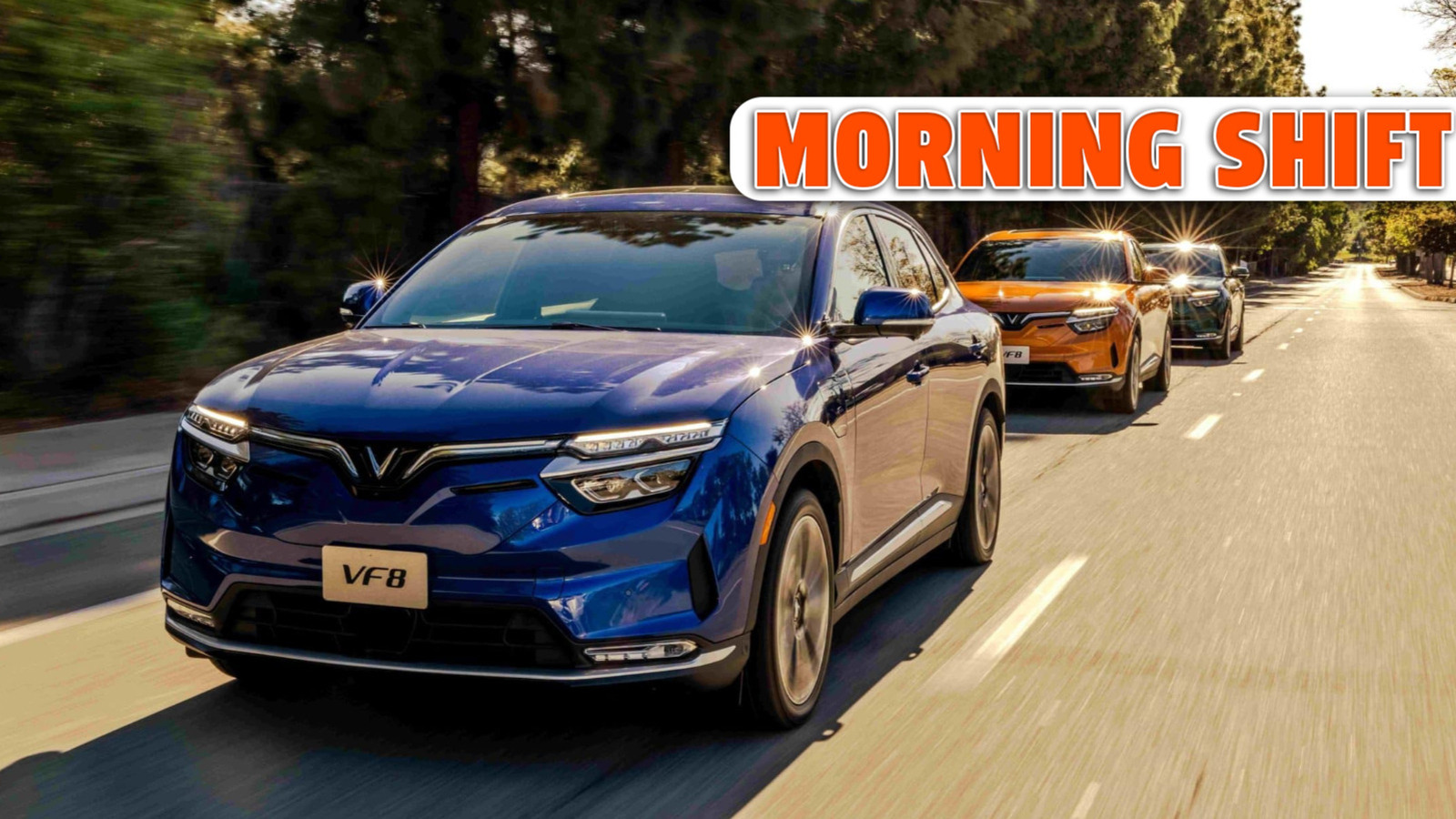Why Are Electric Vehicle Companies Facing So Many Hurdles Right Now?
If you’ve been keeping an eye on the electric vehicle (EV) market lately, you’ve probably noticed the headlines aren’t quite as rosy as they were a couple of years ago. Car makers—big and small—are hitting speed bumps. Some, like Vietnam’s VinFast, are posting jaw-dropping losses. Even the Chinese giants, who once seemed unstoppable, are showing signs they might have miscalculated the road ahead.
So, what’s really going on? Let’s break down the key challenges, bust a few myths, and see what it all means for drivers, investors, and the future of clean transportation.
How Are Tariffs and Trade Tensions Shaking Up the EV Market?
Tariffs have become the elephant in the showroom. The US and Europe are both considering or enacting new tariffs on imported EVs, especially those coming from China. The intent? Protect local manufacturers from being undercut by cheaper, often heavily subsidized, foreign models.
But here’s the twist: these tariffs don’t just hit Chinese brands. They ripple through the entire supply chain, making batteries, chips, and even basic components pricier for everyone. According to the International Energy Agency, battery costs had been falling for years, but recent trade disputes and raw material shortages have slowed that trend. The result? Higher sticker prices and squeezed profit margins, just as buyers are getting pickier.
Did Chinese EV Giants Really Misread the Global Market?
For a while, it looked like Chinese automakers were set to dominate the EV world. They had scale, government support, and a head start on battery tech. But exporting that success hasn’t been so simple.
Take BYD, for example. Despite being the world’s top EV seller in 2023, their European expansion has been slower than expected. Local tastes, regulatory hurdles, and brand recognition all matter—a lot. Meanwhile, VinFast’s aggressive push into the US has been met with skepticism, not least because of quality concerns and a lack of dealer support.
It turns out, building a great EV is only half the battle. Understanding regional preferences, navigating red tape, and earning consumer trust are just as crucial. Even the best battery tech can’t fix a clunky user interface or a dealership network that’s still finding its feet.
Why Are Even Established Automakers Struggling With EVs?
Legacy car companies aren’t immune to these headwinds. Ford and General Motors, for instance, have both scaled back their EV rollout plans in the face of slower-than-expected demand and rising costs. Ford’s CFO recently admitted that their EV division is still losing money on every vehicle sold, despite record investments.
Why? Partly because the transition from gasoline to electric isn’t just about swapping engines. It’s a total rethink of manufacturing, supply chains, and even how cars are sold and serviced. Add in the uncertainty around government incentives—will they last, or vanish with the next election?—and it’s no wonder some automakers are hitting the brakes.
Are Consumers Still Excited About Going Electric?
Here’s where things get interesting. Surveys from Pew Research and J.D. Power show that while interest in EVs remains strong, actual purchases have plateaued in some markets. Range anxiety, charging infrastructure gaps, and high upfront costs are still major hurdles.
But there’s nuance here. In cities with robust charging networks, EV adoption is surging. In rural areas, not so much. And while early adopters are happy to pay a premium, mainstream buyers want affordability and convenience. The message to automakers? One-size-fits-all doesn’t cut it anymore.
What Can We Learn From the VinFast Story?
VinFast’s meteoric rise—and equally dramatic losses—offer a cautionary tale. Ambition is great, but scaling up too fast without nailing the basics can backfire. Reports show the company lost billions in 2023 alone, largely due to aggressive expansion and costly incentives to lure buyers.
Yet, VinFast isn’t alone. Plenty of startups have burned through cash chasing market share, only to find that building a sustainable business takes more than flashy unveilings and big promises. The winners in this space will be those who blend innovation with patience, listening to what customers actually want.
Where Does the EV Market Go From Here?
Despite the turbulence, the long-term outlook for electric vehicles remains positive. BloombergNEF predicts that by 2030, nearly 40% of global car sales could be electric, driven by falling battery prices, stricter emissions rules, and growing consumer awareness. But the path won’t be linear.
Expect more shakeouts, mergers, and pivots as companies adapt to a fast-changing landscape. Some names will fade, others will surprise us. And for buyers, the choices will only get better—if a bit more confusing.
The big takeaway? The EV revolution isn’t about perfection—it’s about smarter adjustments. Start with one change this week, and you’ll likely spot the difference by month’s end.


